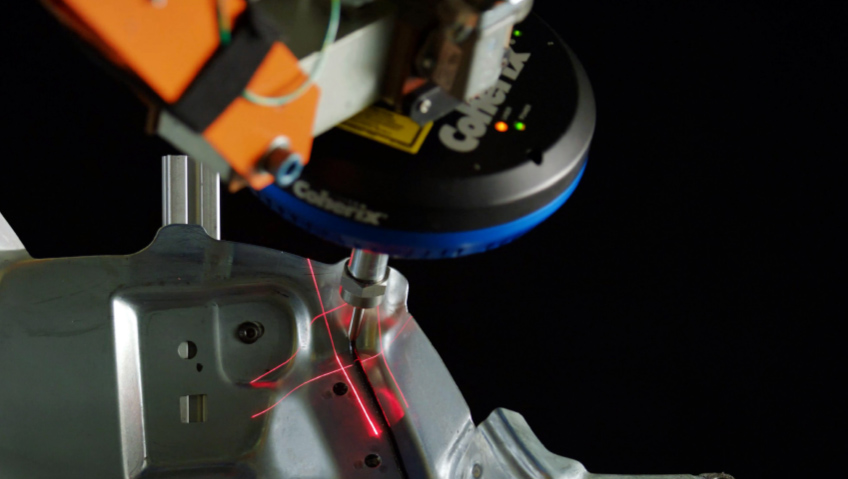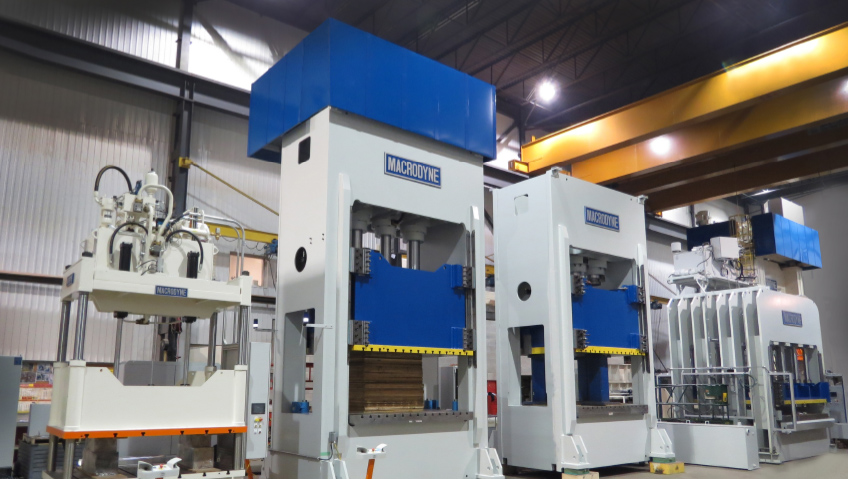How can a manufacturing company increase efficiency, reduce waste and mistakes, and gain a competitive edge? The answer could be to adopt lean manufacturing practices. The concept has been catching on since 1990 when Womack, Jones, and Roos laid out the concepts in The Machine That Changed the World, which teaches businesses how to increase production while lowering costs, improving quality, and increasing profits.
To understand lean, it helps to go back to the origins of the concept. Henry Ford is the first person credited with integrating a complete production process. In 1913, his revolutionary Michigan factory implemented ‘flow production,’ a system that incorporated interchangeable parts and conveyor belts to dramatically streamline and improve production. Today, we know the concept as the assembly line.
So how did Ford bring this concept to fruition? According to The Henry Ford, an educational non-profit located in Dearborn, Michigan, Ford engineers found unexpected inspiration in the meatpacking industry, where conveyors moved carcasses through meat cutters, which removed parts of the animal in stages along the way. Ford and his engineers reversed the concept of these ‘disassembly’ lines to create his famous assembly line, which made the automobile far more affordable and accessible to the everyday consumer.
In addition to increasing efficiency and lowering the final cost of the product, the concept reinvented how we thought about manufacturing. Until then, standard shop practices used general-purpose machines grouped by process. Each machine made parts that workers moved to different areas of the shop for the various stages of assembly. Workers tended to be experienced craftsmen specializing in a single skill. The shift to assembly line production ushered in a new era where productivity trumped tradition.
Other automakers worked to improve Ford’s assembly line production model, seeking adaptations that would allow more flexibility to accommodate automobile consumers eager for more options. The Toyota company—Eiji Toyoda and Taiichi Ohno in particular—re-evaluated the situation throughout the 1930s, then again after World War II ended.
Through years of continuous improvement, the team recognized ways to create both continuity in process flow and product variation to deliver exactly what customers wanted, in the shortest time possible. The Toyota Production System (TPS) was born. According to Toyota, this system is “based on the philosophy of achieving the complete elimination of all waste in pursuit of the most efficient methods.” In other words, the system is the basis of Lean.
Toyota explains that the Toyota Production System was established on two core concepts: ‘jidoka’ and ‘just-in-time.’ Jidoka can be roughly translated as “automation with a human touch,” which enables equipment to stop immediately in order to prevent defects. By adhering to just-in-time, the system produces only what is required for the next process in the continual production flow.
This combination of concepts allows Toyota to quickly and efficiently produce one quality vehicle at a time that will meet each customer’s specific needs. “TPS and its approach to cost reduction are the wellsprings of competitive strength and unique advantages for Toyota,” the company summarizes. “Thoroughly honing these strengths is essential for Toyota’s future survival. We will use these initiatives and develop our human resources to make ever-better cars that will be cherished by customers.”
The Machine That Changed the World analyzed the tools used in the game-changing Toyota Production System and identified the five key principles, bringing the concept to the world and launching the lean phenomenon. These principles—identify value, map the value stream, create flow, establish pull, and seek perfection—have revolutionized how many manufacturers do business, allowing them to gain a competitive edge by simultaneously increasing production, lowering costs, improving quality, and raising profits.
Step one on the path to lean manufacturing is to identify value. To do so, a manufacturer must identify what their customers want and how the company’s products satisfy those wants. Then, the manufacturer must establish how much the customer is willing to pay for that desired product—which ultimately determines the product’s value.
Manufacturers must respond to this determined value by eliminating waste—including stripping the product of any unnecessary features that customers do not desire—lowering overhead, and delivering a product specifically designed to meet the customer’s needs. The idea is to deliver the ideal product at the ideal price while still making maximum profit.
The second principle is to map the value stream—the lifecycle of a product from design and use to its ultimate disposal. Manufacturers must study the use of materials and resources used for the production of the product to analyze where there is waste in the cycle and how to reduce that waste. Any aspect of production that does not add value to the product should be eliminated.
This evaluation process can be complicated and time-consuming to thoroughly analyze all the stages and aspects of a complex manufacturing stream. Different professionals who specialize in each stage of production will likely need to participate to create a full picture of the situation.
Creating flow aims to improve lead times by stripping away any functional barriers. An efficient production flow moves items through the production stage and into shipping without interruption. By analyzing the use of labourers, materials, shipping methods, and more, manufacturers can reorganize the manufacturing floor to create a smoother, more unified production process that reduces delays and minimizes waste.
The fourth principle, to establish pull, guides manufacturers to apply a pull-based production process rather than the more traditional push model. In a push-based production process, manufacturers forecast production in advance, buying materials pre-emptively and pushing those materials through production before there is a demand for the finished product. Push systems tend to be easy to implement, but create problems when inaccurate forecasts create stockpiles of unsold inventory—or not enough inventory to meet demand. Consequences may include excessive warehousing costs, customer complaints, and disrupted schedules.
A pull system, on the other hand, pulls an order that has already been created and then begins the manufacturing process. After an order is received, the process is set in motion, from the purchasing of any materials not already on hand, to the actual production of the product. The system helps manufacturers avoid both overproduction and underproduction by manufacturing on demand, according to the customer’s needs.
Last but not least, lean manufacturing requires manufacturers to seek perfection. Toyota dubs this process ‘kaizen,’ which means continuous improvement. The concept relies on ongoing, incremental change that becomes an expected part of the company culture.
Everyone who has a hand in the manufacturing process—not just management—must participate. These participants have to continually evaluate and improve each stage of the manufacturing production process by eliminating waste in an unending process that becomes an expected way of approaching business.
There is no sitting on one’s laurels when it comes to lean manufacturing. While each improvement merits credit, manufacturers must maintain the final principle—continuing to seek perfection—to truly achieve lean. The concept of lean is not a one-time fix, but an ongoing way of doing business that, when properly implemented, can reinvent a manufacturer’s production process and create long-term success.






